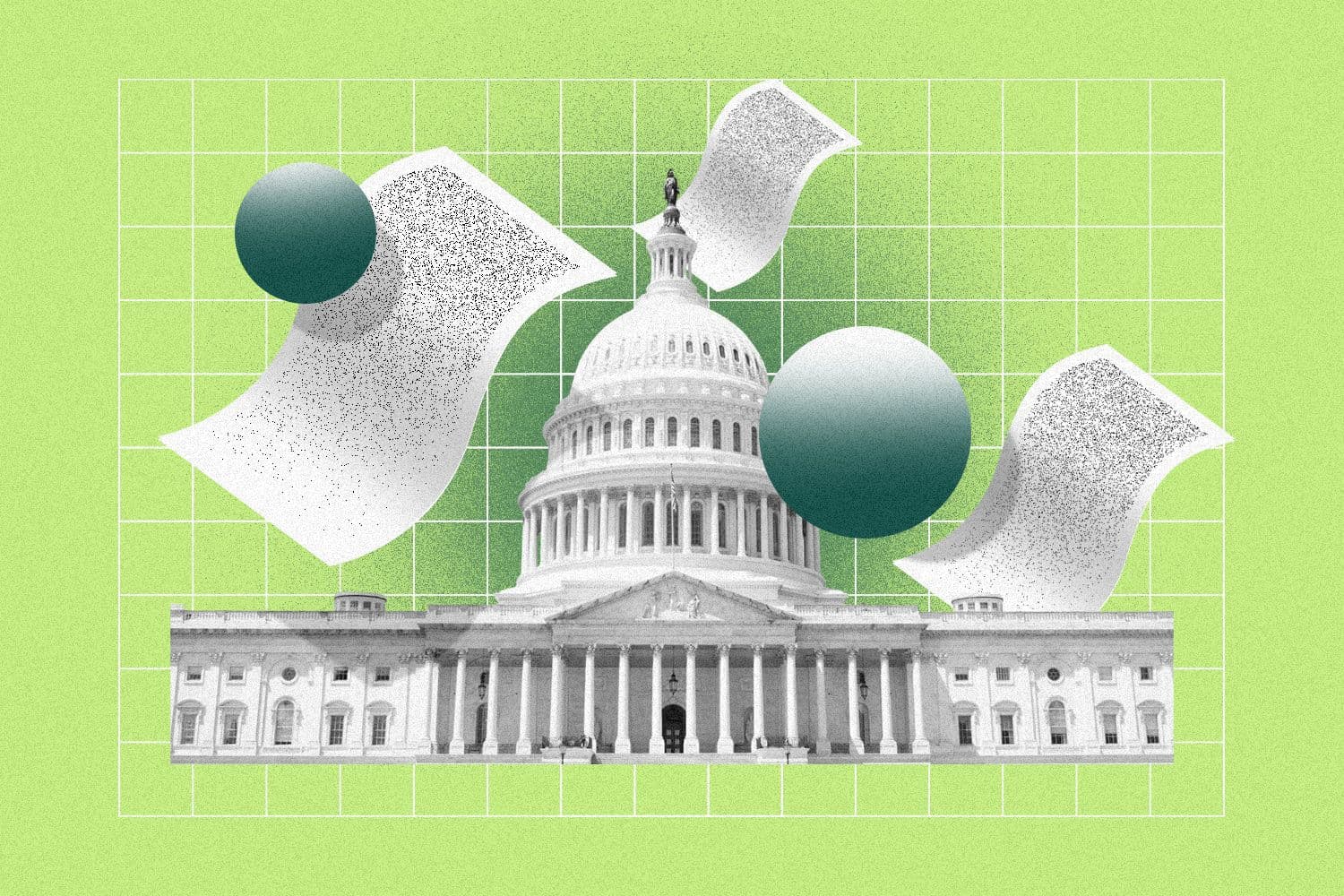Legislative lowdown: Massachusetts passes pay transparency bill
Massachusetts employers with 25 or more employees will have to share pay ranges for open positions should the bill be signed into law.

Francis Scialabba
• less than 3 min read
Courtney Vinopal is a senior reporter for HR Brew covering total rewards and compliance.
On June 24, members of the Massachusetts legislature passed a bill mandating pay transparency. The legislation now awaits a signature from the state’s governor, Maura Healey.
What the Massachusetts bill would require. The bill proposes that Massachusetts employers with 25 or more employees disclose a good faith pay range when they post open positions. Employees seeking a promotion or internal transfer would be entitled to this information, as well.
To better address gender and racial wage gaps, the pay transparency law would also require employers with 100 or more workers to share their federal wage and workforce data reports, including the EEO-1 form, with the state. Massachusetts’ executive office of labor and workforce development will publish aggregated data from these reports, and use it to identify gender and racial wage gaps among different industries, according to the office of the state’s senate president, Karen Spilka.
Six years ago, Massachusetts enacted an equal pay law prohibiting gender-based wage discrimination. As of 2023, the gender wage gap in greater Boston stood at 21 cents per hour, according to the Boston Women’s Workforce Council. That’s down from 30 cents in 2021.
Preparing for transparency. Should Healey sign the Massachusetts bill, it’ll take effect one year later. Minnesota and Illinois are among other US states with pay transparency legislation set to take effect next year.
Massachusetts employers affected by this new bill may well have already had conversations with their HR teams about salary transparency, thanks to similar laws in states like New York and California, as well as abroad. As of last year, half the job postings on Indeed included wage or salary information, suggesting the wave of legislation spurred a domino effect among US employers hiring workers in jurisdictions that require pay transparency.
While the ultimate goal of pay transparency is to reduce gender- and race-based pay disparities, such gaps still persist due to factors like occupational segregation.
Quick-to-read HR news & insights
From recruiting and retention to company culture and the latest in HR tech, HR Brew delivers up-to-date industry news and tips to help HR pros stay nimble in today’s fast-changing business environment.
Quick-to-read HR news & insights
From recruiting and retention to company culture and the latest in HR tech, HR Brew delivers up-to-date industry news and tips to help HR pros stay nimble in today’s fast-changing business environment.